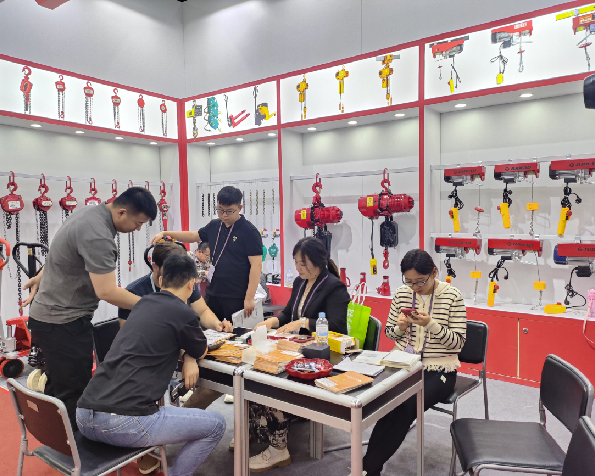


Safe Use of Chain Blocks Ensuring Efficiency and Safety in Lifting Operations
Chain blocks, also known as block and tackle systems or chain hoists, are indispensable tools in construction, manufacturing, and various other industries. They are designed to lift heavy loads by utilizing a chain wrapped around a wheel, allowing for the efficient transfer of force. However, safety remains a paramount concern when using these devices. Ensuring the safe use of chain blocks not only protects workers but also improves operational efficiency. This article outlines key safety practices and considerations for the effective use of chain blocks.
Understanding the Equipment
Before using a chain block, it is essential to understand the components and operational limits of the equipment. A standard chain block consists of a hook, chain, load wheel, and a housing that contains the mechanism responsible for lifting. Each component bears specific load ratings that must never be exceeded. Users should always check the manufacturer's specifications to determine the correct load capacity and ensure the chain block is suitable for the intended application.
Regular Inspections
One of the most critical aspects of ensuring safety is performing regular inspections on chain blocks. Before each use, inspect the chain for signs of wear, corrosion, or damage. Look for bent hooks or any signs of deformation in the housing and components. Any defects should be addressed immediately, either by repairing or replacing the equipment. Additionally, a comprehensive inspection schedule should be established, aligning with industry standards or manufacturer recommendations, to routinely assess all lifting equipment.
Proper Training
Safety in the workplace begins with proper training. Workers operating chain blocks must receive appropriate training on how to use the equipment safely. This training should cover topics such as weight assessment, load balancing, and the correct techniques for lifting and lowering loads. Additionally, training should inform operators about the potential hazards associated with using chain blocks, including the risks of lifting loads beyond the rated capacity or improper rigging practices.

Rigging Best Practices
Safe rigging practices significantly enhance the safety of lifting operations. Operators should ensure that the load is properly secured and balanced before lifting begins. Utilize appropriate rigging materials, such as slings and shackles, that are rated for the load being lifted. It is critical to maintain a clear line of sight to the load and communicate effectively with team members to avert accidents during the lifting process.
Environmental Considerations
The environment in which a chain block operates also affects its safety and efficacy. Operators should ensure that the area around the lifting operation is free from obstacles and hazards. Additionally, chain blocks should be used in stable positions, avoiding overhanging edges or unstable ground. If lifting outdoors, weather conditions such as strong winds or rain should be considered, as these can pose additional risks.
Following Safety Protocols
Establishing and adhering to safety protocols is essential for the safe use of chain blocks. Implement a detailed risk assessment process before conducting any lifting operations. This should include evaluating potential hazards and determining appropriate control measures. Ensure that all staff is aware of emergency procedures in case of an incident, as prompt action can mitigate injuries.
Conclusion
The safe use of chain blocks is critical for effective lifting operations across various industries. By understanding the equipment, conducting regular inspections, ensuring proper training, following rigging best practices, considering environmental factors, and adhering to safety protocols, organizations can significantly reduce the risk of accidents and injuries. By prioritizing safety, companies not only protect their workers but also enhance productivity and operational efficiency.



